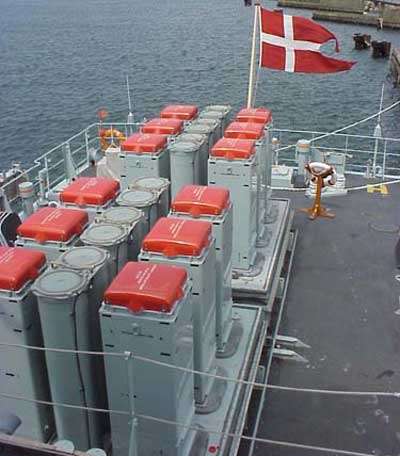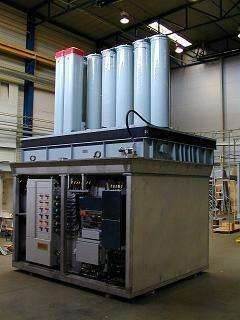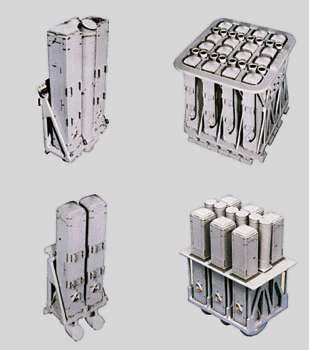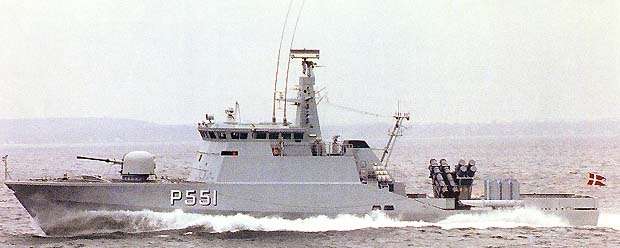heb iets vet gevonden, de rocketmodules die op de flyvefisken geinstalleerd kunnen worden
The launchers actually has below the deck equipment/controls -- these are danish (specific) modules that fits into the previous flyvefisken OPV or Niel Juels -- which now moves on the Absaloms.
{left}Diagram of all the Mk.48/56 mods
Here's the mod3 with dualpack launchers.
Having given the current and upcoming needs of the RAN and RNZN some thought, particularly with the importance of minor vessels/warships for MCM, survey or general patrol work, I began thinking about what modular systems are currently available for naval vessels. This then led to thinking about what modular conventions exist or are currently in the works.
At present, I am aware of three types of modular naval systems which exist or are under development, and a fourth which (AFAIK) is just proposed. The types which exist revole around several ISO-containerized MCM modulars for use from the Canadian Kingston-class MCDV, the Danish StanFlex containerized system (used aboard the Flyvefisken and Absalon-class vessels). In development are the LCS-type vessels which are to employ modules to provide ASW, MCM, ASuW and other capabilities. In addition, BMT Defence of the UK has proposed Venator concept for modular, reconfigurable minor warships..
One thing which has occurred to me is that all the different designs seem to be essentially re-inventing the same concept. Given the various pressures on defence budgets, with the limitations that puts on differing vessel designs available, and even more importantly, the limitations on vessel numbers, it seems that in many cases, having reconfigurable vessels will increase in importance. Admittedly, a reconfigurable vessel will likely not be as efficient at a given role as a purpose-designed and built vessel, the ability to reassign a vessel between different tasks can allow a smaller number of vessels to perform the overall duties of a larger number of more diverse vessel classes and types.
So far, there does not seem to have been any attempt at standardizing the types of modules or the interfaces these modules would use. Is it possible (or perhaps even a good idea) for some types of modular systems to have a certain degree of commonality in terms of universal power and sensor/command connections? Or perhaps should modules be grouped by function, size of location aboard ship? If modular systems are the way to go for a number of naval functions, does it make sense for some organization or body (like NATO) to develop a set of standards which different manufacturers can then design towards
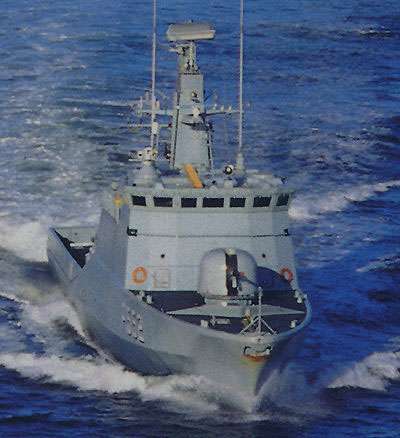
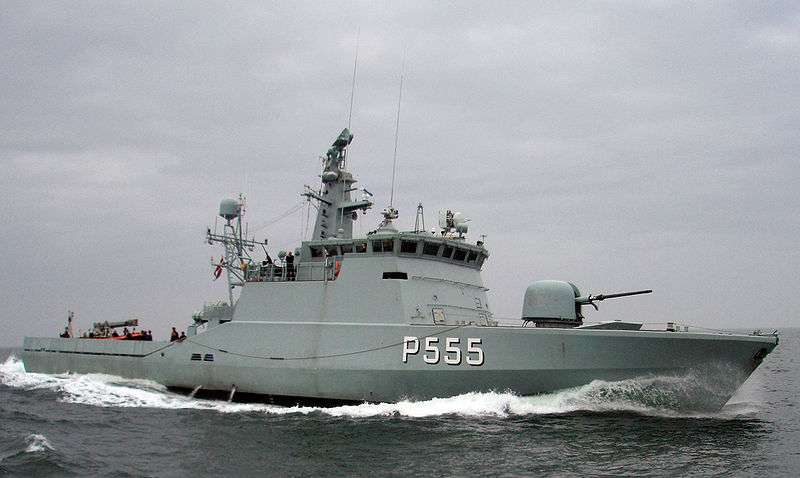

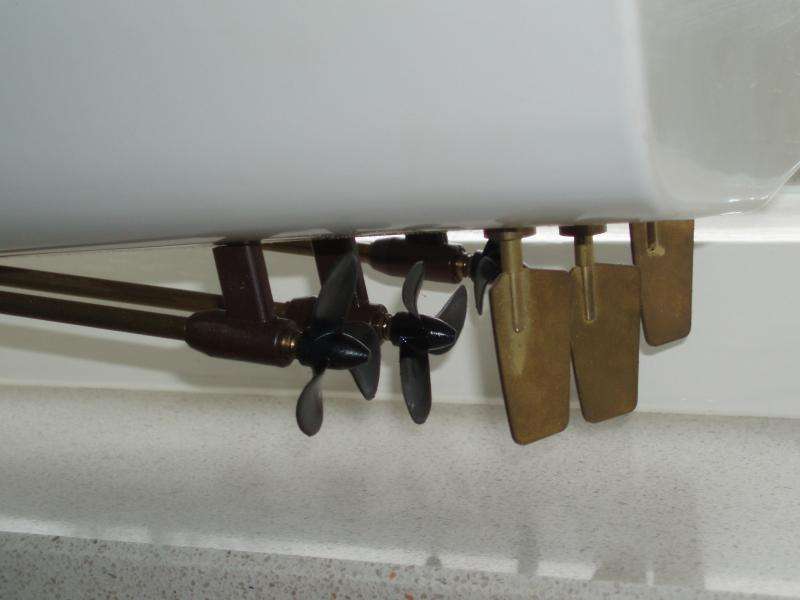
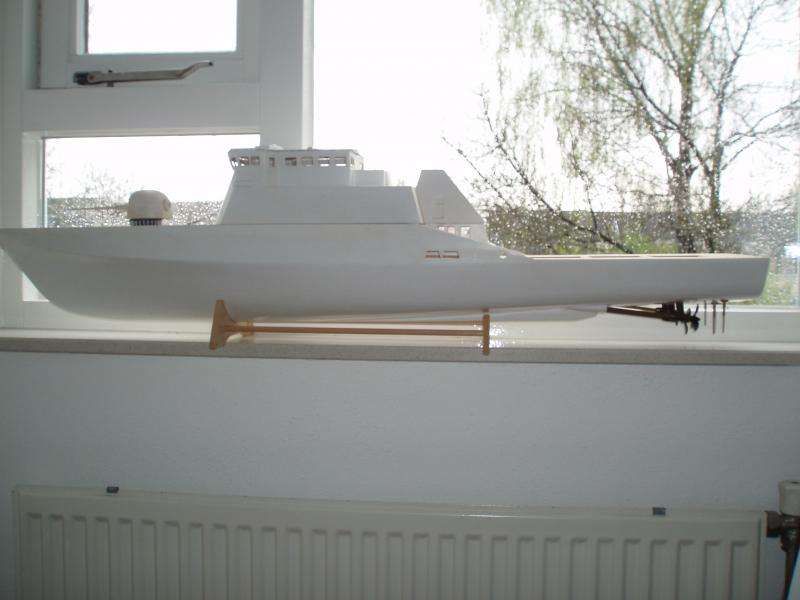

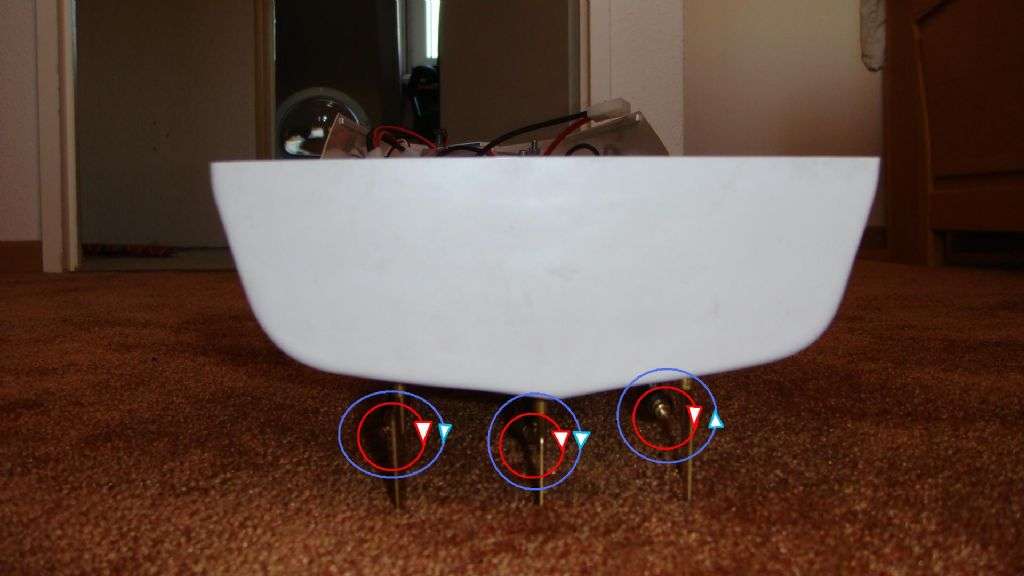











.jpg)
